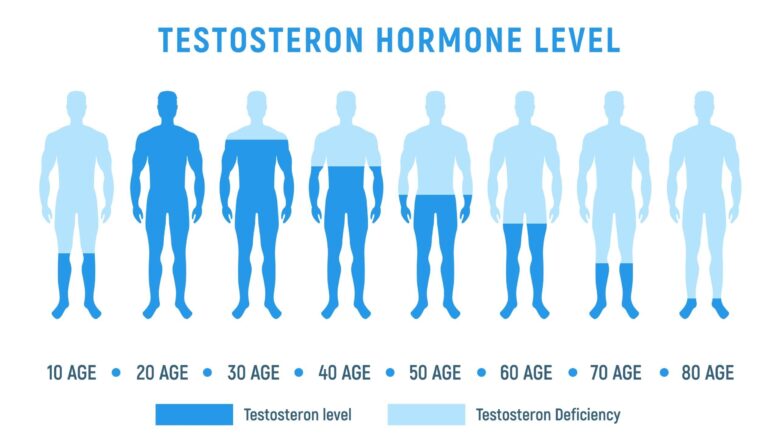In a world where wellness often dances on the edge of innovation and tradition, the realm of hormone therapy stands out as a beacon for those seeking balance. Among the myriad of options available, oral testosterone therapy has emerged as a noteworthy contender, promising a path to renewed vitality for men grappling with low testosterone levels. As we navigate this intricate landscape of treatment modalities, it becomes essential to understand the various oral testosterone options, their benefits, drawbacks, and the science that underpins them. Join us as we explore this dynamic topic, shedding light on the choices available, the mechanisms at play, and how they can fit into the broader tapestry of health and well-being.
Understanding the Fundamentals of Oral Testosterone Therapy
Oral testosterone therapy offers a convenient alternative for individuals seeking to supplement low testosterone levels. This treatment method typically involves the administration of testosterone in pill form, making it accessible and easy to integrate into daily routines. One of the primary advantages of oral testosterone is its non-invasive nature compared to injections or transdermal options. However, it is essential for patients to discuss with healthcare providers to ensure it aligns with their specific health needs and lifestyle. Common options include:
- Methyltestosterone: Often prescribed for men with low testosterone levels, this synthetic form is also applicable in certain medical conditions affecting women.
- Testosterone Undecanoate: This formulation is uniquely absorbed through the lymphatic system, providing effective hormonal levels with potentially fewer liver-related side effects.
- Other Synthetic Variants: Various other oral testosterone options exist, each tailored to specific patient demographics and health conditions.
It’s crucial to monitor the treatment’s effects, as oral testosterone can have both beneficial and adverse outcomes. Regular check-ups with a healthcare professional help in managing potential side effects, which may include changes in liver function and the risk of cardiovascular events. Understanding how these medications interact with the body’s physiological processes can empower patients to make informed decisions regarding their health. Key considerations include:
| Consideration | Details |
|---|---|
| Monitoring Levels | Regular blood tests every 3-6 months to check hormone levels and liver function. |
| Dosing Adjustments | Physicians may adjust dosages based on therapeutic response and side effects. |
| Potential Side Effects | Awareness of risks such as mood swings, sleep disturbances, and increased red blood cell count. |
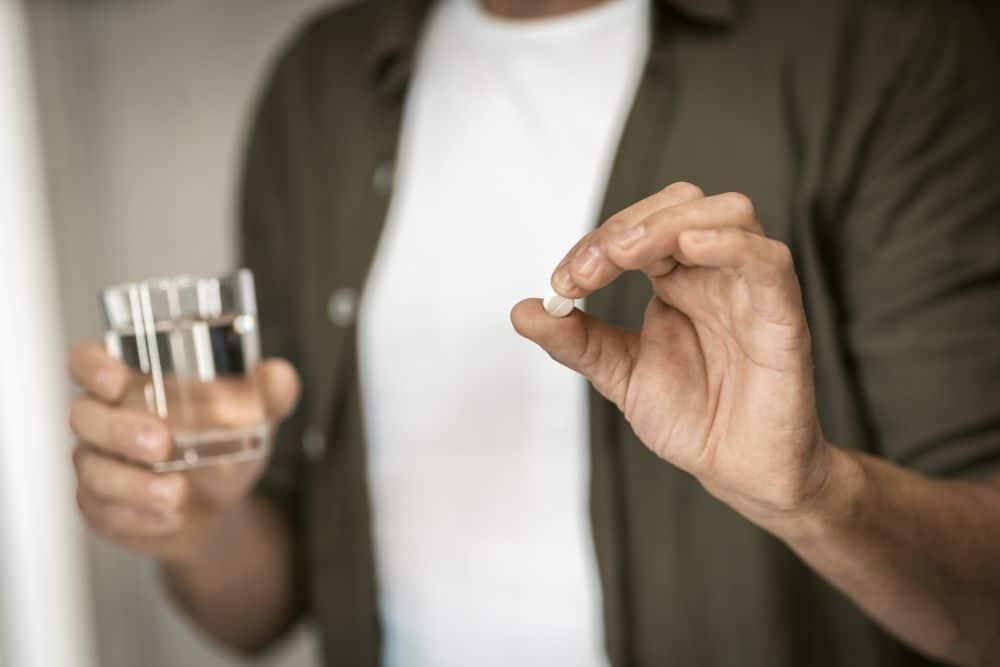
Exploring Different Forms of Oral Testosterone Supplements
When considering oral testosterone supplementation, it’s essential to recognize the variety of forms available that cater to different preferences and needs. One of the most common forms is testosterone undecanoate, which is formulated as a gel capsule for easy ingestion. This particular compound is distinctive because it helps maintain stable testosterone levels without the peaks and valleys often associated with other methods. Other formulations include testosterone cypionate and testosterone enanthate, offered in oral tablets. Each of these has unique pharmacokinetic profiles that influence how they’re absorbed and utilized by the body, allowing for personalized approaches to hormone management.
While the efficacy of oral testosterone is well-documented, it’s crucial to discuss the potential risks and benefits associated with each option. Consumers should keep in mind:
- Efficacy: Some forms may offer faster results than others.
- Convenience: Oral forms may be more user-friendly compared to injections.
- Side Effects: Consider possible side effects like liver stress associated with certain oral forms.
| Formulation | Administration | Onset of Action |
|---|---|---|
| Testosterone Undecanoate | Gel Capsule | 1-2 hours |
| Testosterone Cypionate | Oral Tablet | 4-6 hours |
| Testosterone Enanthate | Oral Tablet | 4-6 hours |

Evaluating Efficacy and Safety of Oral Testosterone Options
When considering oral testosterone therapy options, it is crucial to assess both efficacy and safety. Many patients experience meaningful improvements in symptoms related to low testosterone, such as increased energy and enhanced libido. However, the effectiveness of these therapies can vary depending on the formulation and individual biology. Some common oral testosterone options include:
- Methyltestosterone: Often used for its rapid effects, this formulation has been shown to increase serum testosterone levels effectively.
- Testosterone Undecanoate: Offers a longer duration of action and is beneficial for those needing sustained testosterone levels.
- Testosterone Propionate: While less commonly used in oral form, it may provide quicker results than other esters.
Nonetheless, the safety profile of oral testosterone options cannot be overlooked. Potential adverse effects may include liver toxicity, lipid alterations, and exacerbation of existing health conditions. Monitoring is essential to ensure that therapy does not result in unfavorable outcomes. Below is a simplified comparison of key safety concerns associated with various oral testosterone formulations:
| Testosterone Formulation | Liver Toxicity Risk | Common Side Effects |
|---|---|---|
| Methyltestosterone | High | Headaches, mood swings |
| Testosterone Undecanoate | Low | Weight gain, acne |
| Testosterone Propionate | Moderate | Injection site pain, fluid retention |

Guidelines for Choosing the Right Oral Testosterone Product
When selecting the most suitable oral testosterone product, it is crucial to consider various factors that can influence the efficacy and safety of your treatment. Start by evaluating the active ingredients in each product. Some formulations are designed to provide quick absorption, while others offer longer-lasting effects. Additionally, examine the dosage options available; finding a balance that aligns with your lifestyle and medical advice is essential. Research the manufacturer’s reputation, as trusted brands tend to adhere to higher quality and safety standards.
Moreover, consider the potential side effects associated with different oral testosterone products. These can range from mild to severe, so a thorough understanding is vital for making an informed choice. Reviewing clinical studies and user testimonials may offer insights into the real-world performance of each product. Lastly, consult with a healthcare professional to discuss your health history and any possible interactions with existing medications, ensuring that your choice of oral testosterone aligns with your overall health strategy.
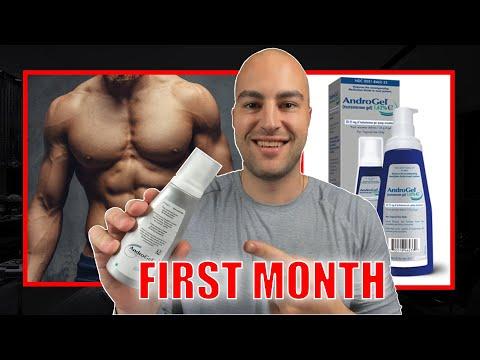
Potential Side Effects and Management Strategies
Oral testosterone therapy, while effective for many, can bring about a variety of side effects. Some common side effects include acne, hair loss, and mood fluctuations. In more severe cases, individuals may experience liver toxicity and an increased risk of heart problems. It is essential for patients to monitor these changes closely and communicate with their healthcare providers to ensure that any side effects are addressed promptly. Regular blood tests can help in tracking hormonal levels and detecting potential complications early on.
To manage these side effects effectively, several strategies can be implemented. Patients are encouraged to maintain a healthy lifestyle, including a balanced diet and regular exercise, which can mitigate some effects like weight gain and depression. Additionally, the following approaches can be beneficial:
- Regular Monitoring: Set consistent appointments with your healthcare provider for blood tests and follow-ups.
- Topical Treatments: Use topical treatments for skin-related side effects, such as acne.
- Medication Adjustment: Discuss possible dosage adjustments or alternate therapy options with your doctor if side effects persist.
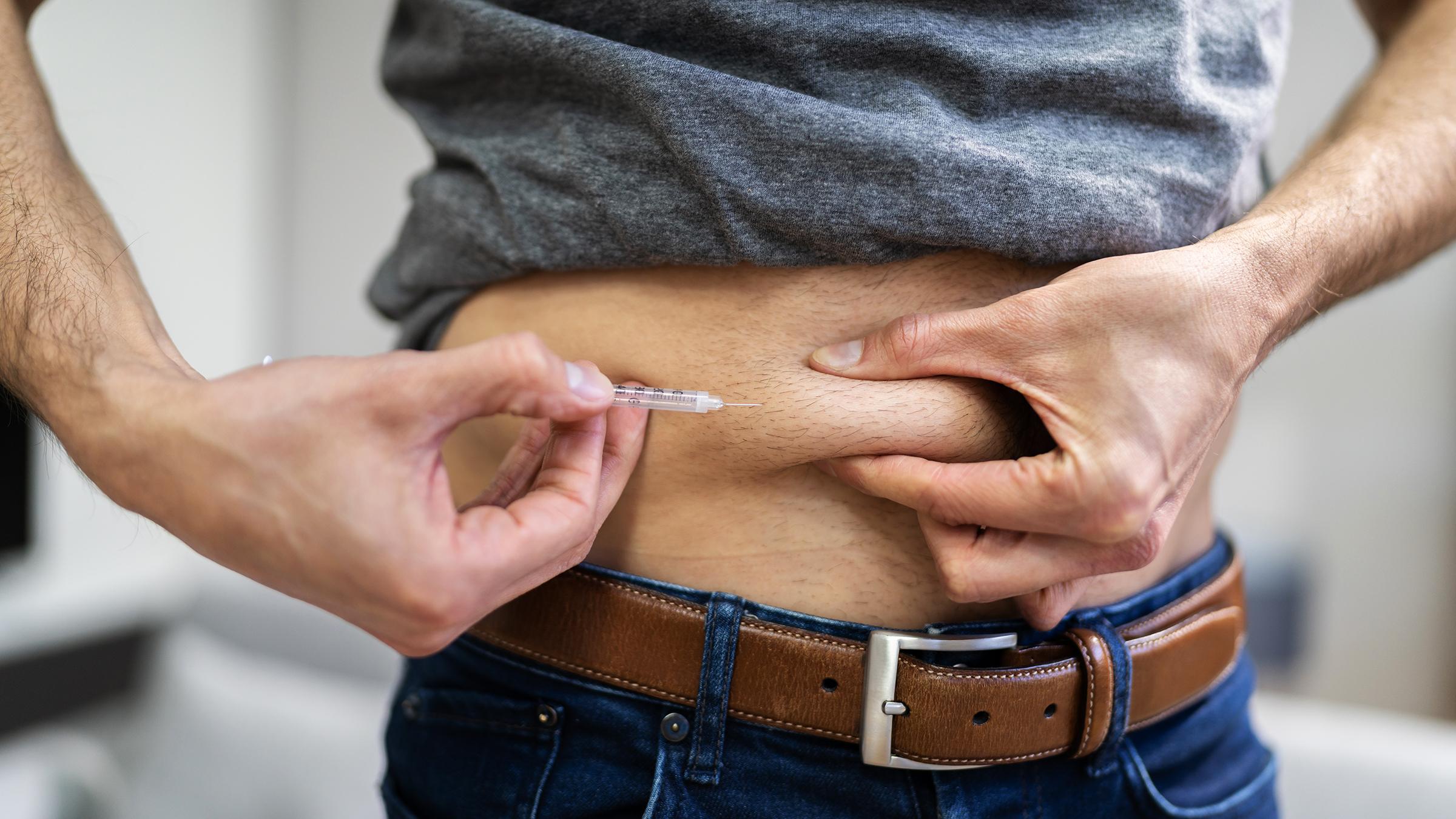
Integrating Oral Testosterone Therapy into a Holistic Health Plan
requires a multifaceted approach that considers not only hormonal balance but also overall well-being. It’s essential to evaluate a patient’s lifestyle, dietary habits, and mental health in order to create a supportive environment for therapy success. Some key components of this integrative strategy may include:
- Nutrition: Focus on whole foods that promote hormone health, such as lean proteins, healthy fats, and plenty of fruits and vegetables.
- Exercise: Incorporate strength training and cardiovascular workouts to enhance testosterone levels naturally and improve overall health.
- Mental wellness: Address stress reduction techniques, including mindfulness, yoga, or therapy, to prevent hormonal fluctuations often linked to stress.
Additionally, regular monitoring and collaboration with healthcare providers can lead to optimal management of oral testosterone therapy. Patients should maintain open communication about their experiences, adjusting dosages or methods as necessary. Incorporating practices such as:
- Routine check-ups: Schedule periodic blood tests to monitor testosterone levels and overall health.
- Supplement regimens: Explore vitamins and minerals that support testosterone production, like zinc and vitamin D.
- Focus on sleep: Prioritize quality sleep, as restful nights are crucial for hormonal health.
| Component | Considerations |
|---|---|
| Nutrition | Emphasize foods high in omega-3s and reduce sugar intake. |
| Exercise | Aim for at least 150 minutes of moderate aerobic activity per week. |
| Mental Wellness | Integrate relaxation techniques daily to manage cortisol levels. |
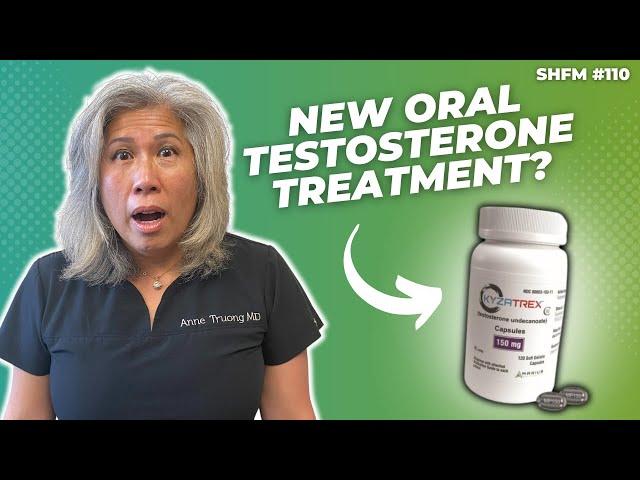
Future Trends in Oral Testosterone Therapy Research and Development
As research in oral testosterone therapy progresses, several promising trends are emerging that could reshape treatment paradigms. Advances in formulation technologies may lead to the development of more efficient absorption mechanisms, enabling lower dosages while maximizing therapeutic efficacy. This can result in a reduction of side effects, as patients will require less frequent dosing, thus improving adherence to treatment regimens. Additionally, the exploration of ingredient compositions is paving the way for customized therapies tailored to individual patient needs based on genetic, lifestyle, and health factors.
Moreover, the integration of digital health tools is becoming increasingly significant. Mobile applications designed to monitor and adjust therapy in real-time could enhance patient engagement and provide healthcare professionals with vital data for personalized treatment plans. There is also a growing interest in the potential use of biomarkers for optimizing dosage and monitoring therapy outcomes, enabling a more nuanced approach to treating testosterone deficiency. As the scientific community continues to investigate these avenues, a more holistic and individualized approach to oral testosterone therapy is on the horizon.
Q&A
Q&A: Exploring Oral Testosterone Therapy Options
Q1: What is oral testosterone therapy and why might someone consider it?
A: Oral testosterone therapy involves taking testosterone in pill form to help address low testosterone levels, a condition known as hypogonadism. Individuals may consider it for a variety of reasons, including symptoms like fatigue, reduced libido, mood changes, or muscle weakness. The aim of this therapy is to restore testosterone levels to a normal range, potentially improving overall well-being.
Q2: What are the available forms of oral testosterone?
A: The primary form of oral testosterone is testosterone undecanoate. It is unique in that it is formulated to be absorbed through the lymphatic system, thus reducing the risk of liver toxicity commonly associated with other oral testosterone formulations. It’s important to note that some other oral testosterone products are less commonly prescribed due to greater concerns regarding safety.
Q3: How does oral testosterone therapy differ from other delivery methods?
A: Oral testosterone therapy is just one of several options available. Other methods include injections, transdermal patches, gels, and pellets. Oral therapy offers a convenient pill format, which some may find easier to comply with than injections or daily applications of topical treatments. However, the choice of delivery method often depends on personal preference, medical history, and lifestyle factors.
Q4: What are the potential benefits of oral testosterone therapy?
A: Patients often report a range of benefits from oral testosterone therapy, including increased energy levels, improved mood, enhanced libido, and greater muscle mass. Additionally, some studies suggest that maintaining optimal testosterone levels can support bone health and metabolic function, potentially preventing conditions like osteoporosis.
Q5: Are there any risks associated with oral testosterone therapy?
A: Like any medical treatment, oral testosterone therapy comes with potential risks and side effects. These may include liver toxicity, increased red blood cell count, and alterations in cholesterol levels. Moreover, individuals may experience mood swings, sleep apnea, or acne. It is crucial to discuss these risks with a healthcare provider to determine whether oral testosterone therapy is appropriate.
Q6: How is oral testosterone therapy monitored?
A: Regular monitoring is essential to ensure the effectiveness and safety of oral testosterone therapy. This usually involves routine blood tests to check testosterone levels, liver function, and other relevant health markers. Your healthcare provider will also assess symptoms and make adjustments to the dosage if necessary.
Q7: Who should avoid oral testosterone therapy?
A: Oral testosterone therapy may not be suitable for everyone. Individuals with a history of prostate cancer, severe liver disease, or certain cardiovascular conditions should avoid this treatment. Additionally, those under 18 years of age and women are generally not considered appropriate candidates for oral testosterone therapy.
Q8: What should be taken into consideration before starting therapy?
A: Before starting oral testosterone therapy, it’s important for individuals to undergo a comprehensive evaluation, including blood tests to confirm low testosterone levels. Discussing personal health history, current medications, and lifestyle habits with a healthcare provider can help determine the most suitable treatment approach tailored to individual needs.
Q9: Is there an alternative to oral testosterone therapy?
A: Yes, there are alternatives to oral testosterone therapy. Options include subcutaneous or intramuscular injections, transdermal patches, topical gels, and even implantable pellets. Each method has its unique set of benefits and risks, so it’s vital to explore these options with your healthcare provider.
Q10: Where can one find more information about oral testosterone therapy?
A: For more information, individuals should consult with healthcare professionals who specialize in hormone therapy. Reputable medical websites and endocrinology associations can also provide valuable resources. Engaging with support groups or forums may also offer insights from individuals undergoing similar treatments.
This Q&A format provides a comprehensive overview of oral testosterone therapy options, helping readers understand the various aspects of this treatment in a neutral tone.
Closing Remarks
In a world where the quest for hormonal balance and well-being continues to shape our health narratives, oral testosterone therapy stands as a beacon of possibility for those seeking alternatives to traditional treatment methods. From nuanced formulations to individualized dosages, these options provide a tailored approach that caters to diverse needs. As you embark on your journey towards understanding and possibly embracing oral testosterone therapies, it’s essential to consult healthcare professionals who can guide you through the intricacies of these treatments. Empower yourself with knowledge, remain informed, and take deliberate steps toward achieving your health goals. With the right support and resources, the path to improved vitality and wellness is within reach. Thank you for joining us on this exploration of oral testosterone therapy options—may you find clarity and confidence in the choices ahead.

